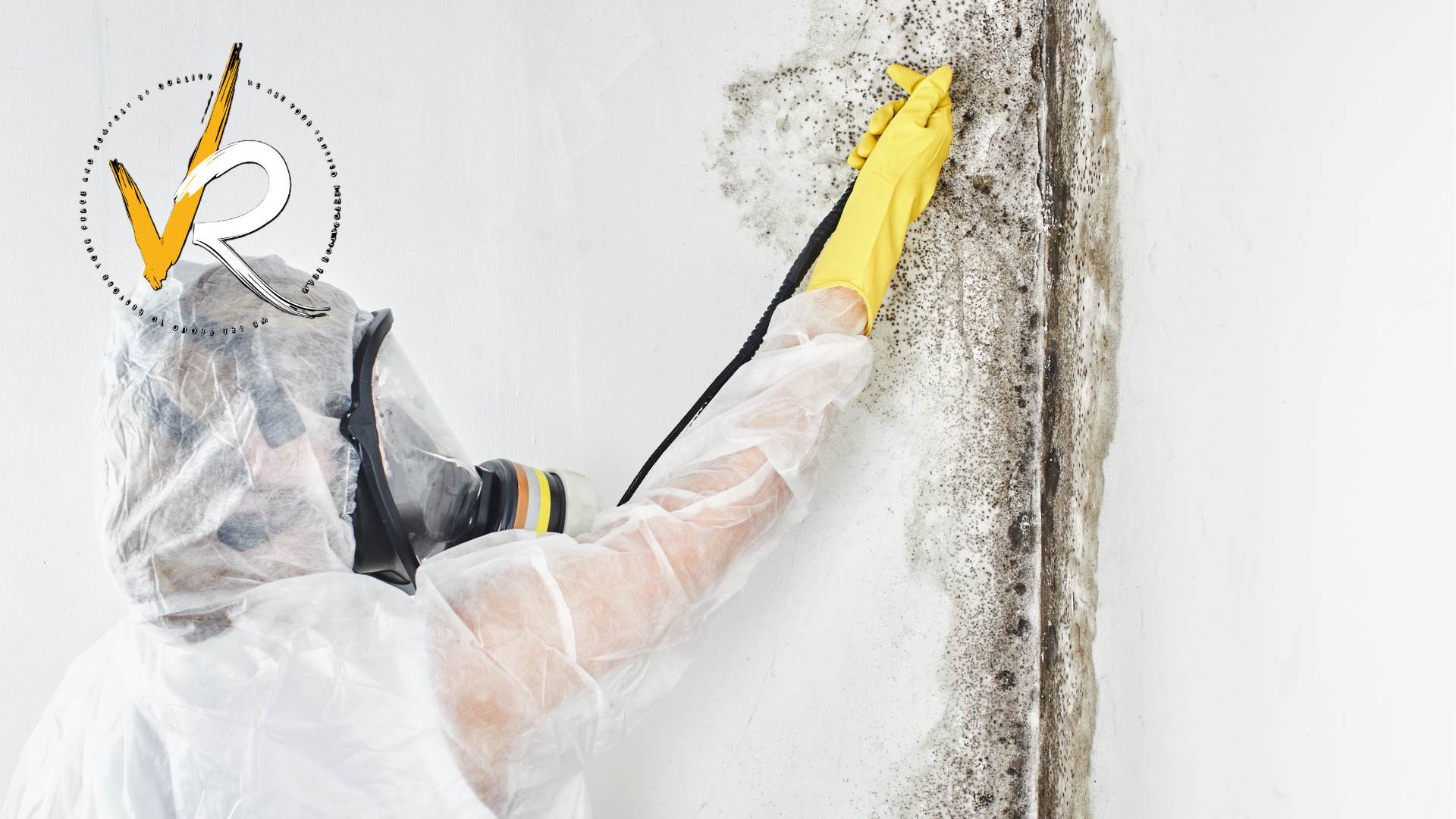Mold damage is a common concern for homeowners and tenants across Canada. Yet most standard home insurance policies exclude mold unless it results from a covered peril—like sudden water damage. This guide explains what’s covered, average remediation costs, tenant versus landlord responsibilities, and proactive steps to protect your home and health.
Understanding Mold Coverage in Canadian Insurance
Standard homeowner policies typically exclude mold remediation, since mold is viewed as preventable through regular maintenance. However, if mold growth stems directly from a sudden, accidental event—such as a burst pipe, appliance failure, or storm-related flooding—your insurer may cover the associated cleanup and repairs, up to your policy limits and any sub-limits on mold.
When Does Insurance Cover Mold Removal?
- Covered Perils: Burst pipes, sewer backups, storm flooding or accidental overflows.
- Sub-Limits & Deductibles: Many policies cap mold remediation (e.g., $10,000) and apply your home’s standard deductible.
- Waiting Periods & Riders: Some insurers require a waiting period (often 72 hours) and may offer mold riders to extend coverage.
Mold Removal Costs Across Canada
The total cost depends largely on property size and mold severity:
- 1,000 sq ft home: ~CAD 2,500
- 2,000 sq ft home: ~CAD 5,000
- 5,000 sq ft home: ~CAD 12,500
Additional factors include accessibility, containment needs, air quality testing, and post-remediation repairs (drywall, flooring, painting).
Tenant Insurance & Mold in Rental Properties
Renters’ insurance generally covers personal contents and liability, not building maintenance. Mold coverage applies only when damage is caused by a named peril listed in your policy. Preventive or long-term issues—like humidity buildup—are excluded, leaving tenants responsible for routine upkeep.
Landlord vs. Tenant Responsibilities
Under Alberta’s Residential Tenancies Act—and similar provincial regulations—landlords must maintain rental properties in a habitable condition, which includes addressing mold caused by building defects. Tenants should:
- Report leaks or mold growth immediately in writing
- Allow reasonable access for repairs
- Keep property ventilated and report maintenance issues
While tenants cannot withhold rent, they can file formal maintenance requests or contact provincial tenancy boards if landlords fail to act.
What to Do When You Discover Mold
- Document & Photograph: Capture mold-affected areas and any signs of water damage.
- Review Your Policy: Check your home or renters’ insurance for covered perils and sub-limits on mold.
- Report to Insurer & Landlord: Notify both parties with documented evidence.
- Engage Certified Remediators: Hire IICRC-certified professionals who provide detailed scopes of work and clearance testing.
- Track Expenses: Keep all invoices, lab reports, and correspondence to support your claim.
Preventing Mold & Insurance Claims
- Maintain indoor humidity below 50% with dehumidifiers or ERVs
- Inspect and service roofs, gutters, and plumbing annually
- Ensure proper grading and drainage around your foundation
- Use mold-resistant materials in high-risk areas (basements, bathrooms)
- Address leaks immediately to prevent hidden mold growth

Leave a Reply